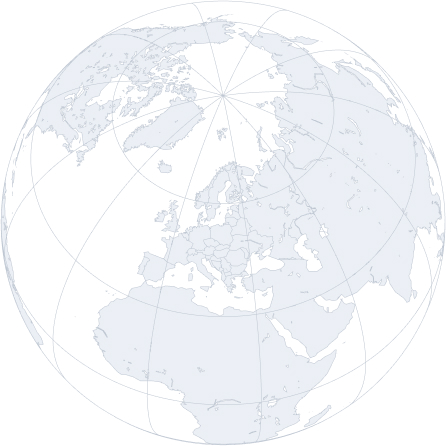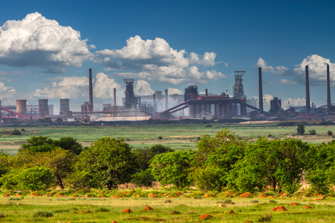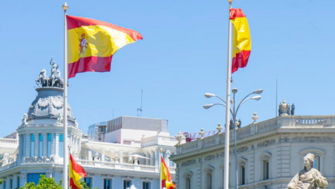#Actualidad económica

Análisis Riesgo País y Sectorial
Consulta nuestras evaluaciones del riesgo país y del clima empresarial para +160 países y 13 sectores.
Últimas noticias
Análisis de Riesgo País
16. evaluaciones de países, elaboradas en base a datos macroeconómicos, financieros y políticos. Proporcionan una estimación del riesgo de crédito medio de las empresas de un país. Es una valiosa herramienta que da una indicación de la influencia potencial de un país en los compromisos financieros de las empresas.
Comparar países
Mapa de Riesgo País
Obtén una visión general de todos los riesgos por países gracias a nuestro mapa interactivo.
Últimos cambios en las Evaluaciones de Riesgo País
Comparar las evaluaciones de riesgo entre varios países
Selecciona una zona geográfica y una evaluación del riesgo país y/o del clima empresarial, y compara los riesgos entre distintos países.
Análisis de Riesgo Sectorial
Cada trimestre, nuestros economistas evalúan 13 sectores de seis regiones geográficas basándose en nuestra experiencia y en los datos financieros publicados por más de 6.000 empresas cotizadas. Nuestro indicador estadístico del riesgo de crédito sintetiza simultáneamente la evolución de cinco indicadores financieros (la evolución de los ingresos, la rentabilidad, el ratio de endeudamiento neto, la tesorería y los siniestros observados por nuestra red).
Comparar el riesgo sectorialÚltimas modificaciones en la Evaluación de Riesgo Sectorial
Ver todas las evaluaciones de riesgo sectorialÚltimas noticias
#Actualidad económica
#Actualidad económica
#Actualidad económica
¿Cómo podemos ayudarte?
Servicios Online para clientes y partners
- Coface Business Information
Business Information
Accede a la información comercial que necesitas para gestionar los riesgos crediticios en toda tu cartera de socios comerciales y tomar decisiones estratégicas con confianza.
- Accede a Cofanet
Cofanet
Plataforma online de Coface para la gestión de tus créditos comerciales. Seguimiento completo de sus riesgos. Acceso directo a los sistemas de información y de gestión del riesgo de Coface.
- Portal Broker
Portal Broker
Plataforma dedicada a los corredores para el seguimiento de su negocio y la gestión de la cartera de clientes (en todos los países en los que está legalmente disponible).
Soluciones digitales
- API Portal
API Portal
Explora el Catálogo API de Coface y las Soluciones Integradas para Coface Business Information y las soluciones de seguro de crédito.







